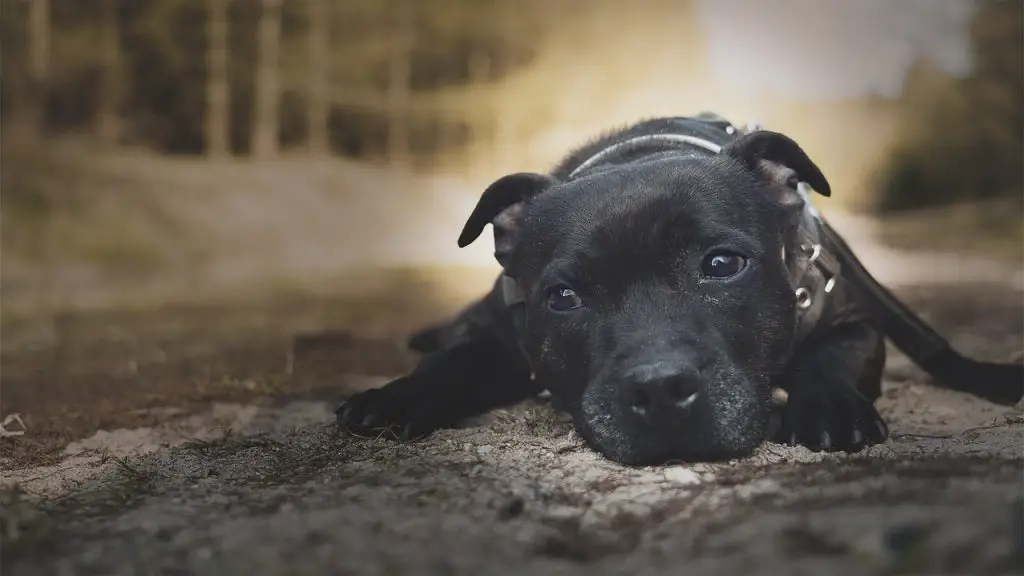If your dog is panting and chewing—whether on themselves, objects, or even nothing at all—it’s a behavior that warrants a closer look. This combination can be more than just a quirky habit; it’s often linked to anxiety, discomfort, or underlying medical issues.
We outline the common causes of dog panting and chewing, what you can do at home, and when to seek veterinary help.
Dog Panting and Chewing — Why It Happens
Panting and chewing together typically indicate that your dog is physically uncomfortable, mentally stressed, or both. While chewing is a normal canine behavior, excessive or unusual chewing paired with panting may reflect pain, irritation, anxiety, or even neurological symptoms.

Common Causes of Dog Panting and Chewing
Anxiety or Stress-Related Behaviors
Dogs may pant and chew objects compulsively when they’re anxious or under stress.
Separation anxiety, fear of loud noises, or changes in the home can trigger this response.
Panting is a physical sign of stress, while chewing helps dogs self-soothe.
Some may chew furniture, toys, their own paws, or anything within reach.
Anxiety management with calming routines, enrichment, and possibly veterinary-prescribed medications can help break the cycle.
Dental Pain or Oral Irritation
Toothaches, gingivitis, or foreign objects stuck in the mouth may cause dogs to pant due to discomfort and chew as a response to irritation.
Look for signs like drooling, pawing at the mouth, bad breath, or difficulty eating.
Panting may increase with pain, especially after meals or chewing on hard items.
Dental exams and cleanings are essential to prevent worsening oral disease.
Read more: Dog Panting and Licking Paws (When to worry)
Skin Allergies or Parasites
Itchy skin from allergies or parasites like fleas can lead to panting from discomfort and chewing at the affected areas.
Dogs may chew paws, flanks, or tails obsessively, trying to relieve the itch.
Panting can also arise from stress, skin pain, or mild inflammation.
Check for redness, sores, or flea dirt, and talk to your vet about allergy testing or parasite prevention.
Gastrointestinal Discomfort or Nausea
Some dogs chew or lick excessively when nauseous, often coupled with panting.
You might notice your dog chewing bedding, the floor, or even trying to eat non-food items (pica).
This behavior can be associated with acid reflux, bloating, or dietary intolerance.
Feeding smaller meals and switching to a bland diet may help, but persistent signs need vet attention.
Compulsive Disorders or Cognitive Dysfunction
Compulsive chewing, especially in older dogs, may signal canine cognitive dysfunction (doggy dementia) or compulsive behavioral disorders.
Panting accompanies confusion or anxiety, particularly at night.
You may notice pacing, restlessness, and repetitive behaviors that worsen over time.
Cognitive support supplements, environmental enrichment, and medications may improve quality of life.
What to Do If Your Dog Is Panting and Chewing
Observe what your dog is chewing—whether it’s their body, random objects, or a specific area.
Check their mouth and gums for injury, infection, or foreign material.
Use distraction techniques like interactive toys or puzzle feeders to redirect the behavior.
Avoid punishment—this can increase anxiety. Instead, focus on addressing the root cause.
Track when the behavior started, what seems to trigger it, and any accompanying symptoms like drooling or limping.
When to Call or Visit Your Vet
Reach out to your veterinarian if your dog:
Pants and chews obsessively for more than a day
Has signs of oral pain, bleeding, or broken teeth
Chews themselves until skin is raw or irritated
Is showing other signs of illness (vomiting, diarrhea, behavior changes)
Seems disoriented or confused, especially in senior dogs
These behaviors may point to treatable physical or neurological conditions that require intervention.
Read more: Dog Panting and Crying (What it means)
Key Takeaway
Panting and chewing in dogs isn’t just a behavioral quirk—it can be a distress signal.
Whether it’s due to anxiety, pain, or discomfort, identifying the cause is the first step to helping your dog feel better.
With the right care and veterinary guidance, you can calm the panting, stop the chewing, and restore your dog’s comfort and peace of mind.
